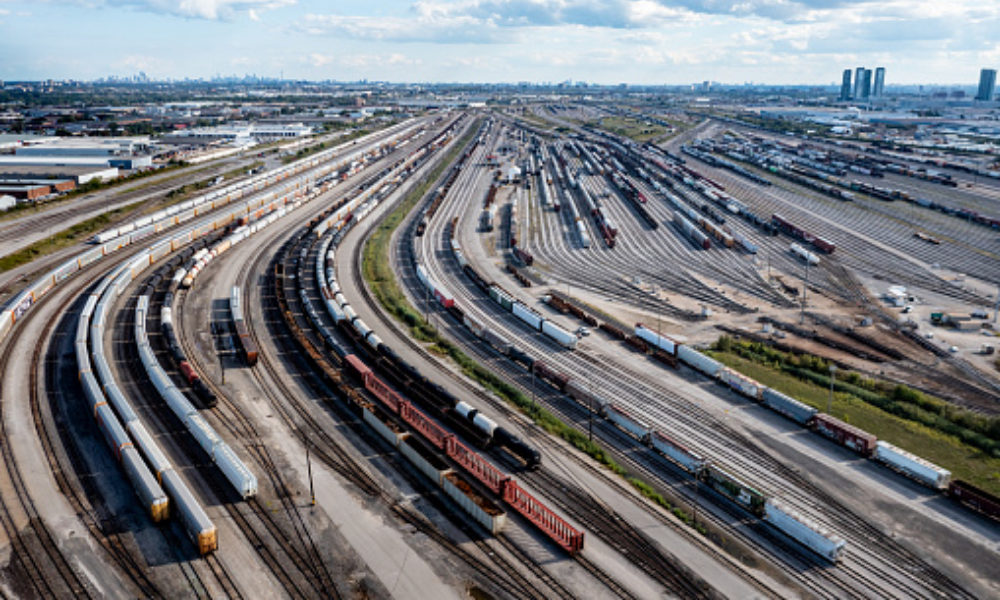Though a key part of the country's economy, more needs to be done to ensure worker safety

In a country as vast as Canada, relying on various means of transportation is essential. With so many options to choose from, for our latest sector focus Canadian Occupational Safety homed in on road and rail.
Driving is essential. And recent events such as the pandemic have proven how critical our country’s drivers and road infrastructure are. As such, driving and road safety is paramount. A number of issues plague the sector, however – among them, speeding.
You can find out more about transportation safety by reading the full article here.
“Vehicles are still designed to speed; most vehicles can go speeds much faster than any posted speed limit in Canada. So the question is why? If road safety really is a priority, then why is [speeding] allowed to happen?” asks Raheem Dilgir, president of TranSafe Consulting. Dilgir is also president of the Canadian Association of Road Safety Professionals (CARSP).
Dilgir points out that many industries, such as trucking, put speed limits on vehicles. But these limits are not as widespread as they should be.
“With every increase in kilometres per hour, there's an increased chance that somebody could die or get seriously injured,” says Dilgir. “We've got to manage speeds better in order to improve safety.” Issues such as distractions and impairment also impede drivers and affect worker safety.
Similar issues plague the rail industry. Canada actually has one of the largest railway networks in the world. Rail safety is typically highly regulated across the country. But that doesn’t mean that improvements can’t be made.
The Transportation Safety Board has issued a few outstanding key recommendations for the rail sector. One of the longest-standing of these is on the use of fail-safe train control methodologies.
“The trains that are operating rely on the individuals in the cab of the locomotive to follow the signal indications, to obey the signals and to slow down or stop – whatever the signal says. But if, for some reason, the human makes a mistake, there is nothing to protect the train from running into another train or having an accident because the switch is in the reverse position,” says Faye Ackermans, a member of the Transportation Safety Board of Canada.
This physical failsafe train control notion has actually been around for a while, but Ackermans says that the TSB is still waiting for Transport Canada and the rail industry to move forward on this “in a meaningful way.”
You can find out more about transportation safety by reading the full article here.





